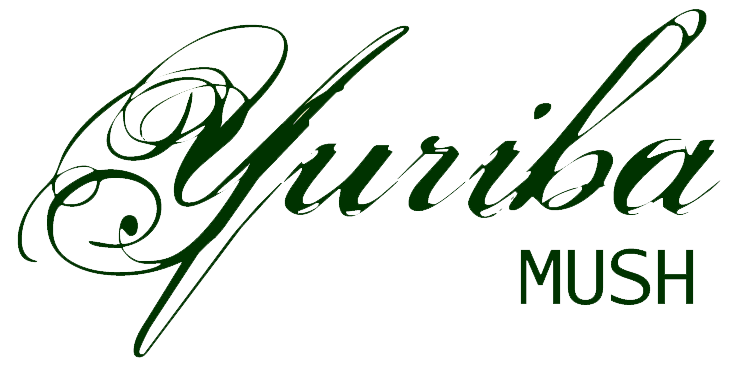Agriculture
Yuriban agriculture can be easily divided into two general categories: farming on the island proper, and that Underhill.
Yuriba
Much of the food grown on the island of Yuriba is in small, subsistence gardens. Partly this is practicality, as much of the island is forested or otherwise uncultivated, and large-scale clearing of land for farming is discouraged. Another factor in this is the climate, which between long winters and hot, balmy summers, severely limits the number of crops which can be reliably grown. Nonetheless, many women maintain small plots near their homes to supplement their diets. Herbs tend to grow well, as do many berries. Vegetables may have varying levels of success, though some note broccoli has a particularly hard time in the Yuriban climate.
Underhill
In comparison to the fairly pristine woods of the island, space is not a problem in Underhill, and farms and ranches are commonly located in their own generous pockets, though they are still smaller and use much older techniques than what many immigrants are familiar with. A wide variety of crops can be raised year-round. Being almost literally the breadbasket of both Underhill society and those who live above, the profession of farming is a highly revered and honoured one. It's an expectation for native adolescents to spend at least a third of the year on the farms and ranches, helping with the more labor.
The variety of crops grown is significant. Grain crops includes flax, cotton, barley, chickpeas, rice, millet, and potatoes. Wheat appears to be a relatively late arrival, and while it is grown, it is in smaller quantities. Popular vegetable crops include a variety of peppers and squashes, onions, mung and adzuki beans, and garlic. Many plant foods are also gathered from the wild, particularly root vegetables. Medicinal crops are primarily gathered, with a few exceptions, while many spice and herb crops are grown deliberately, such as mint, lavender, and sesame. Orchards are cultivated for popular fruits, particularly apples, pears, and dates. Native beekeepers keep colonies that help fertilize the crops and produce honey and beeswax for local use as well.
The ranches raise Red Burr Goats, Omertà Sheep, Game Hens, geese, and rabbits. Two breeds of native dogs, the Range Shepherd and the Watch Hound have been domesticated from the natives wolves and specially bred for herding and the guarding of the ranches. (Unlike many other regions, in Underhill, household companionship and guard duty is accomplished by the tamed Petite Thylacine, Yuriban House Cat, and Spotted Kit Fox.)
